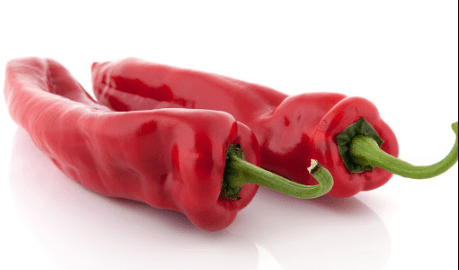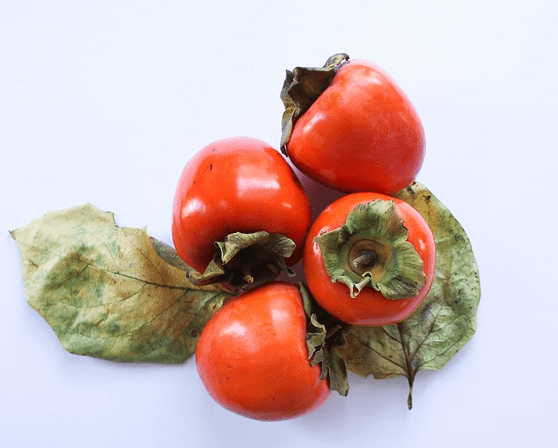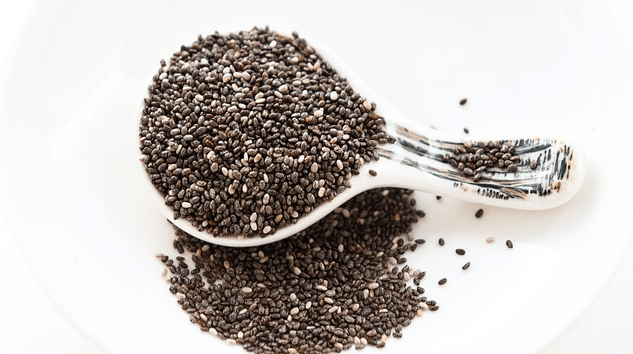When it comes to peppers, both sweet and spicy, I've written about them before. Thanks to the immense variety within the Solanaceae family (or the nightshades), there's always room to explore deeper and learn more.
This time, let's focus on the Ramiro variety, which, not coincidentally, is currently fresh from the farm at our store.
As the subtitle suggests, Ramiro is crowned as the icon of the Mediterranean Basin. But as most readers of this newsletter probably already know, peppers originate from the Americas. Why have I nominated it present the Mediterranean region?
Indeed, all peppers are descendants of plants that grew wild in the Americas and were first cultivated there about 6,000 years ago. They only reached the "Old World" (Europe, Asia, and Africa) during the 16th century, around 450 years ago. In terms of agricultural, cultural, and culinary evolution, 450 years is quite a long time.
The evolution and development of pepper varieties did not stop or slow down when the plant was introduced to the Old World. On the contrary, unique ecological challenges, culinary preferences, and new scientific and agricultural approaches only accelerated this process, and many pepper varieties were cultivated outside of the Americas. Ramiro, despite its Spanish-sounding name, is one of the prominent examples of this.
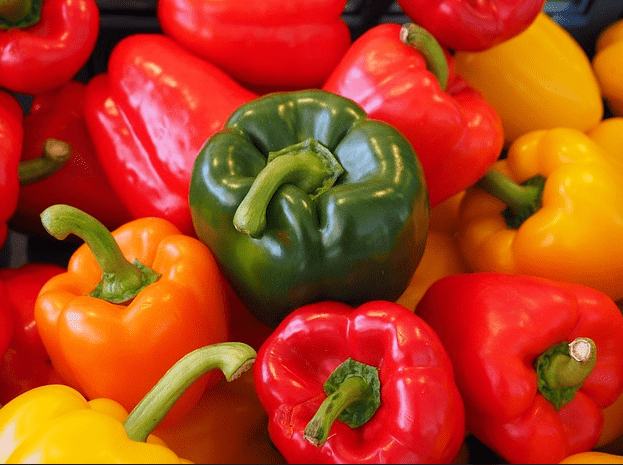
Where does Ramiro originate? It's hard to establish, and at least one source claims the Netherlands as its place of origin. However, given its popularity around the Mediterranean Basin and the fact that one of its alternative names is 'Palermo pepper,' I would venture to suggest Sicily. Another name used in Israel is 'Shushka pepper.'
In any case, Ramiro (and if you're more accustomed to the name 'Shushka,' that is fine too) is a deceptive pepper. As you may know, peppers can be either sweet or spicy, and one of the well-known general rules to distinguish between 'sweet peppers' and 'hot peppers' is their shape.
Sweet peppers have a wide, square or round base, while hot peppers are typically narrow and elongated with a pointed tip. If to follow the rule, Ramiro would be considered a hot pepper. As is well-known, Ramiro is not a hot pepper, and in this regard, it represents a sort of anomaly.
True, most hot peppers are not only narrow and pointed but also small, whereas Ramiro is a large pepper – yet its shape is much more intimidating than its taste. So let's talk about taste, as it is not just any category but a 'super sweet' one in pepper terms. In other words, if an average bell pepper has a sweetness rating of 7, Ramiro approaches 10.
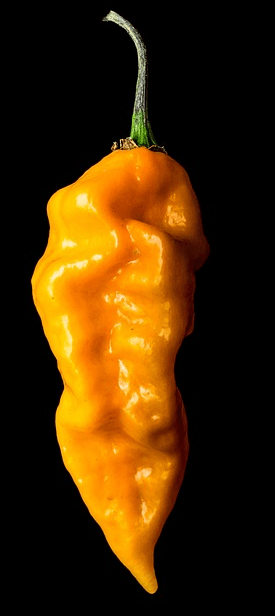
It may not seem dramatic to you, but it's precisely the nuance that makes the difference, and it's one of the reasons why Ramiro is used often by chefs and taste connoisseurs who always prefer fruits and vegetables with natural sweetness that enriches the flavors.
If you will, it's roughly the difference between a Maggie tomato and a regular tomato. Another distinctive feature that sets Ramiro apart from most sweet peppers is its exceptionally thin skin, making it easy to digest.
Therefore, I often use Ramiro completely in its natural state, simply slicing it into thin, long strips and serving it alongside a Labaneh dip. That's the pleasure of high-quality organic vegetables – easy to prepare and not necessarily require cooking.
All they need is the spotlight.
Bon appétit!

